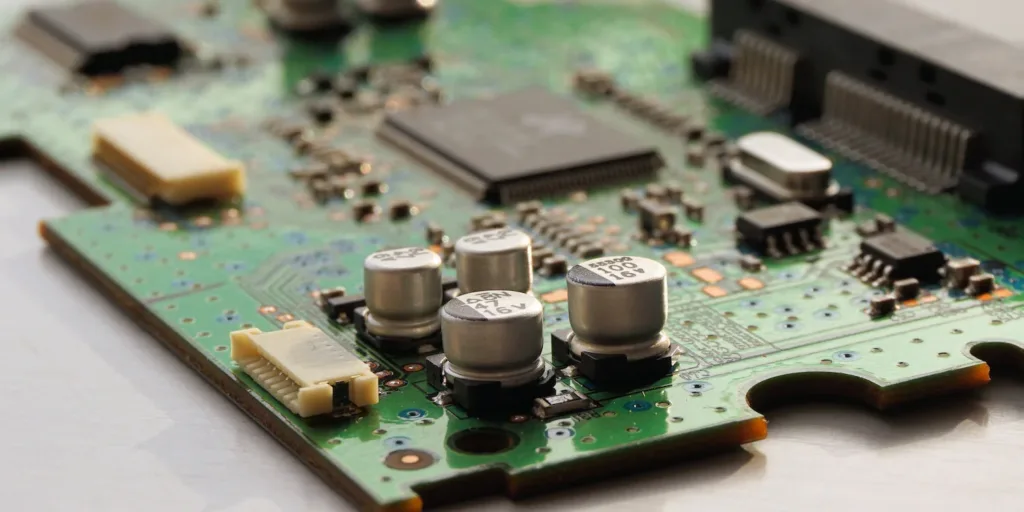How to Take on the Unique Challenges of Product Design & Development
Electronic product design and development come with a unique set of complexities. Yes, you should still follow traditional product design principles, but there are additional elements electronic product design companies must consider.
In this article, you’ll learn about the most important electronic product design and development considerations. These topics include:
- Understanding user needs
- Robust hardware design and considered component selection
- Intuitive UX and UI design
- Scalability and future-proofing
- Ensuring regulatory compliance
- Streamlined software development
1. Understanding User Needs
Before any electronic product design project begins, you must understand user needs. Detailed information about the requirements of your target audience will uncover problems they need to overcome. In turn, empowering you to create electronic products that improve their lives.
Here, you should research your target users to uncover the challenges they face, what their desired outcome is, and how competitor products fall short of expectations.
2. Robust Hardware Design & Considered Component Selection

Selecting the most appropriate hardware and components is one of the most important elements of electronic product design and development. It ensures peak product performance, streamlined operability, product reliability, and cost-effectiveness.
You must evaluate the compatibility of each component, factoring in functionality, power consumption, and durability. Components that seamlessly integrate will help the finished product provide a smooth, enjoyable, and reliable user experience.
Additionally, power management is a factor in effective electronic product development. You must not forget to assess thermal dissipation strategies to prevent overheating while ensuring every component can safely cope with the power needed to allow your product to function correctly.
3. Intuitive UX & UI Design
Users aren’t going to like your product if they can’t easily interact with it. In step one, you uncovered the challenges they needed to overcome—it’s important to keep this at the forefront of your mind when considering UX and UI.
Your mission is to make users’ lives easier—UX and UI are great contributors to this. Make it as simple as possible for users, remove unnecessary buttons, make the journey obvious, and streamline the entire process.
Remember, never lose focus on what your user needs.
4. Scalability & Future-Proofing
During the electronic product design and development cycles, you should step back and consider potential future technology improvements and changes in trends. If you’re aiming to create a product that has longevity, you must be up-to-date with the latest emerging technologies.
Furthermore, consider how you can make your product adaptable for future use. Will there be accessories, add-ons, and upgrades? Or, is this a one-time release?
Great ways of future-proofing are modular design, standardized interfaces, and flexible architectures. This is what some of the best electronic product design companies use to help their products become scalable and adaptable.
5. Ensuring Regulatory Compliance
Each electronic design and development comes with its own regulatory compliance considerations. As there are many safety issues to consider with any item powered by electronics, you need to put it at the forefront of your mind from the beginning of the project.
Firstly, you’re required to research the specific industry standard your product will fall into. There will be unique certifications and regulations you must comply with before your product can be released.
Additionally, there will be safety, electromagnetic, and environmental standards to consider. You must be able to show your product presents no safety risk to users, it won’t interfere with other products, and the environmental impact is minimal.
6. Streamlined Software Development

If your electronic product uses software, this is another challenge you’ll have to overcome.
UX and UI are discussed above as they deal with the features, functionality, and user experience. However, software deserves its own point because it’s not just users that need to be considered.
You need to choose the most appropriate programming language to ensure your product can easily be adapted, upgraded, and maintained.
Additionally, privacy and data protection must be factored in. Any information users enter into your product needs to be secured. Therefore, developers are required to ensure all data protection regulations are complied with.
Conclusion
The challenges faced during electronic product design and development are unique, but if you consider all of the components mentioned in this article, you’ll find navigating these projects much easier.
Overall, there are more considerations than designing non-electronic products. However, many principles are the same. Once you understand the needs of your target audience, it’s your task to find creative ways of helping them overcome a problem in the easiest way possible.
Got an idea for a product and want to work with one of the best electronic product development companies? Get in touch today—we’d love to hear from you.

